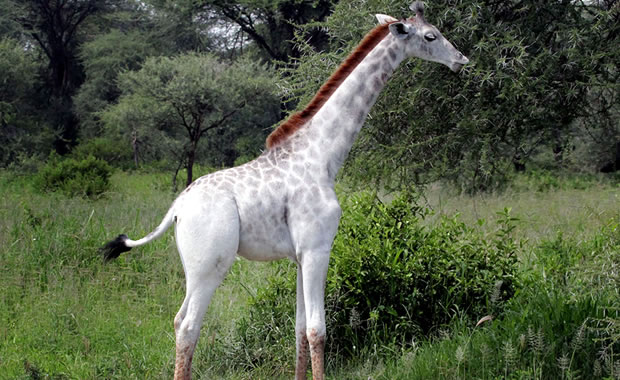
G. s. marica
G. Serra |
Creature Profile
The sand gazelle is a subspecies of the goitered gazelle which gets its name from the enlargement found on the neck and throat of males during the mating season. They do not have the true goiter which is caused by the enlargement of the thyroid gland. This species generally has a light brown coat with white underparts. The tail is black in color and very noticeable on its white buttocks when raised in flight. Only the males have horns which grow up to 17 inches long eventually forming an "S" shape bending backwards and turning in at the tips. Goitered gazelles can run at very high speeds without leaping like other gazelle species.
The sand gazelle spends most of the early morning and late afternoon walking and grazing. At midday, herds take shelter in the shade and dig oval-shaped pits to lie in. They prefer to live in family groups of up to five individuals, but in the winter they prefer larger groups of herds consisting of hundreds of gazelles. Diet consists of grasses, leaves, and shoots. Mating only occurs from November to January, and females give birth to one or two young after a gestation period of five to six months.
The goitered gazelle species is very rare but is still being hunted. Because of this it continues to decline in number.
Wikipedia Article

|
Wikipedia Article Copyright Notice: This article is licensed under the GNU Free Documentation License. It uses material from the Wikipedia article "Goitered gazelle". |
May 9, 2017
Glenn, C. R. 2006. "Earth's Endangered Creatures - Goitered Gazelle Facts" (Online). Accessed 4/25/2024 at http://earthsendangered.com/profile.asp?sp=168&ID=3.
Need more Goitered Gazelle facts?



